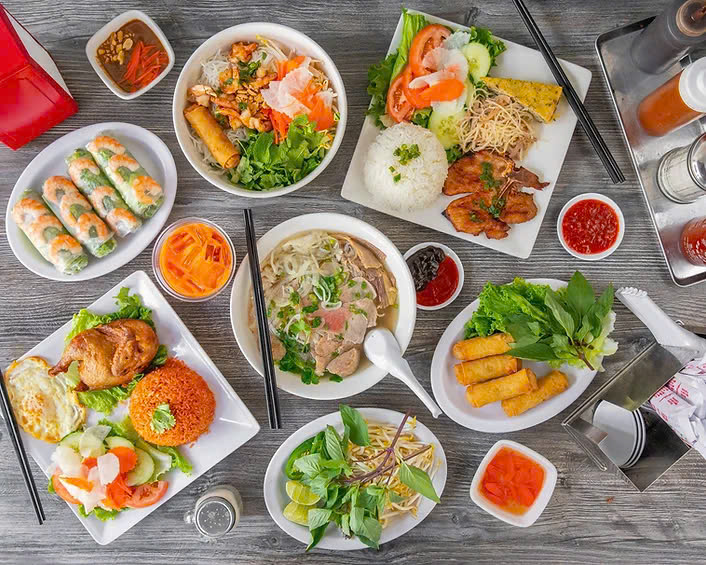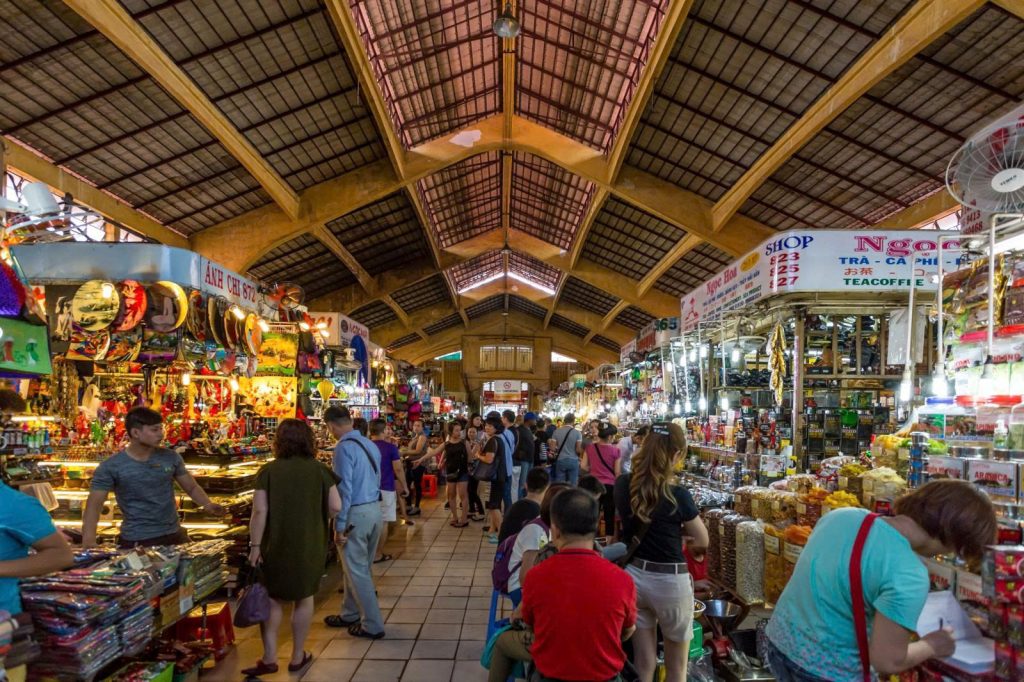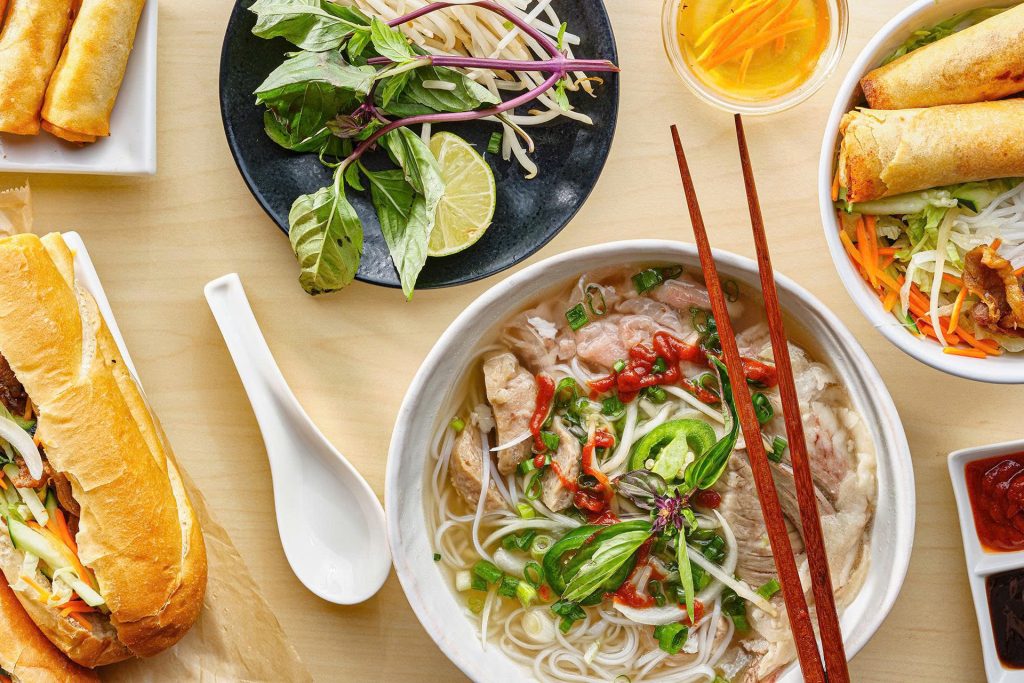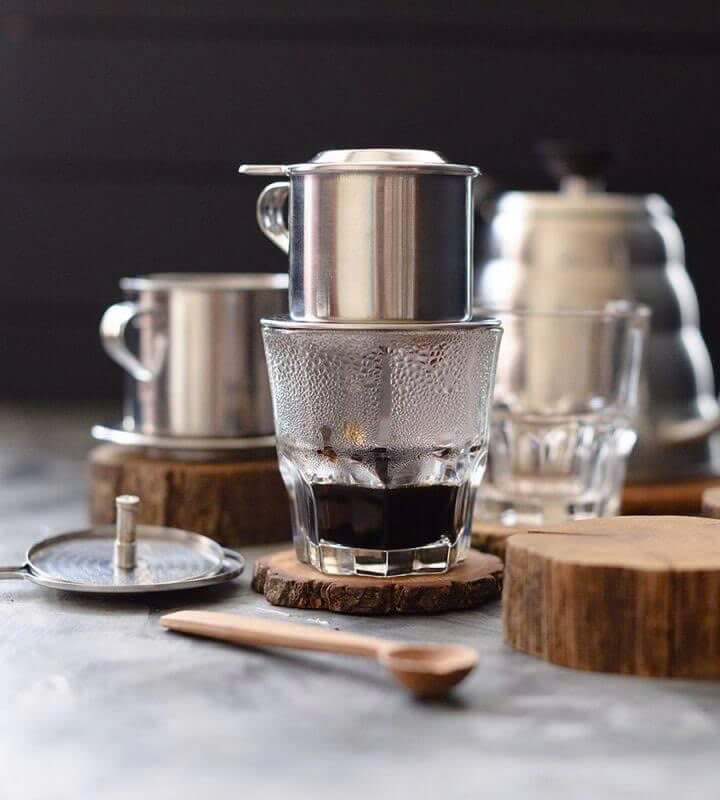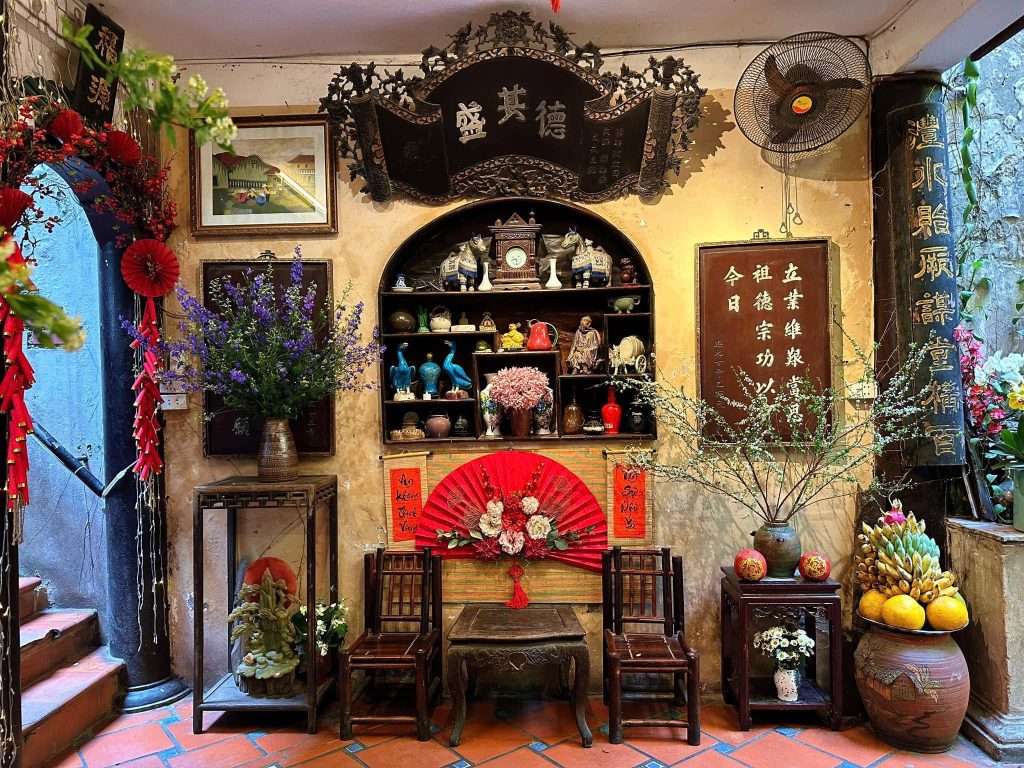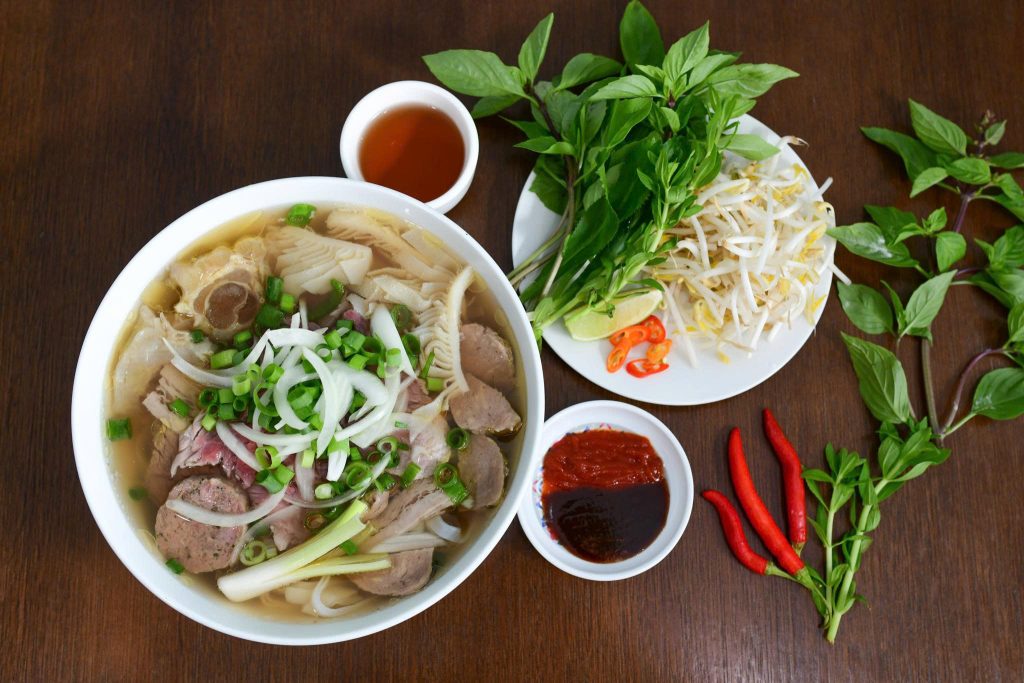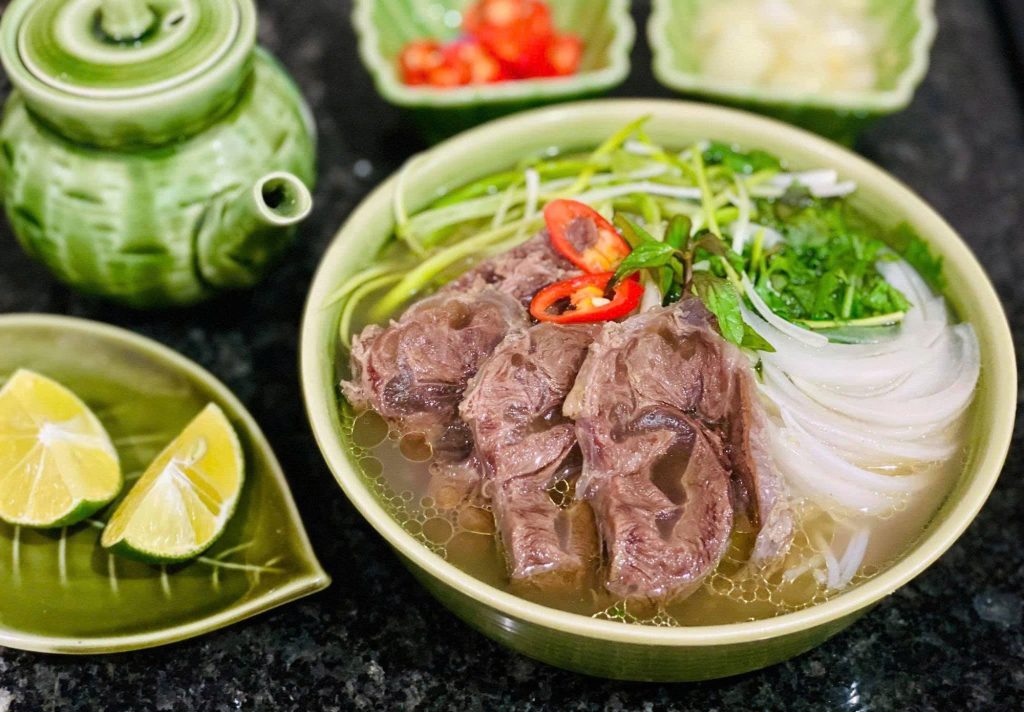Welcome to Vietnam, a land not only of breathtaking landscapes but also of vibrant flavors, especially when it comes to its bounty of tropical fruits. From the bustling streets of Ho Chi Minh City to the serene villages of the Mekong Delta, a rainbow of exotic and delicious fruits awaits you at every turn.
This guide will take you on a culinary journey, introducing you to the 20 must-try fruits that define Vietnam’s unique taste. We’ll explore their flavors, textures, and health benefits, as well as give you essential tips on where and how to enjoy them like a local.
Understanding Vietnam’s Fruit Culture
Vietnamese fruits are more than just food; they are an integral part of the culture. They’re a versatile ingredient, used in everything from savory meals to sweet treats and refreshing beverages.
The country’s diverse climate, spanning from the cool highlands of the north to the sun-drenched deltas of the south, allows for a year-round harvest of an incredible variety of produce. This ensures that no matter when you visit, you’ll find an abundance of fresh, juicy fruits.
The Top 20 Must-Try Fruits of Vietnam
Here is your essential list, from the familiar to the wonderfully weird.
1. Dragon Fruit (Thanh Long)
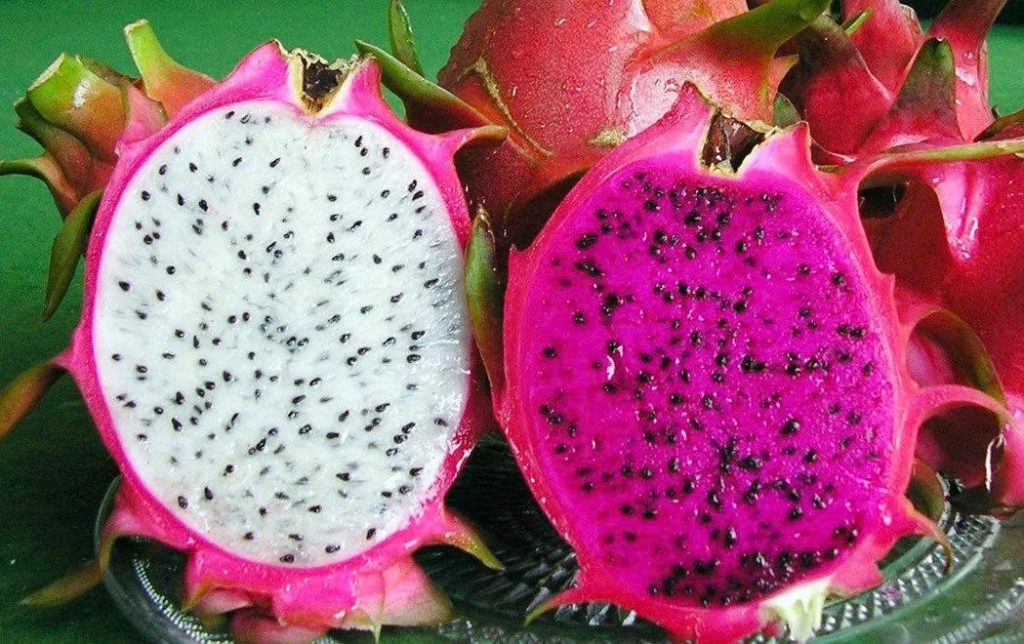
With its striking pink skin and green scales, dragon fruit is instantly recognizable. Its flesh is a subtle, mildly sweet white or vibrant pink, speckled with tiny black seeds.
- Taste and Texture: Mildly sweet and crisp, similar to a melon.
- Health Benefits: Rich in antioxidants, Vitamin C, and fiber.
2. Rambutan (Chôm Chôm)

This hairy-looking fruit is surprisingly easy to peel and a delight to eat. Break open the spiky exterior to reveal a sweet, juicy, and see-through white flesh.
- Taste and Texture: Sweet and slightly acidic, with a firm, grape-like texture.
- How to Eat: Simply tear open the skin and pop the flesh into your mouth.
3. Durian (Sầu Riêng)

Known as the “king of fruits,” durian is a truly unique experience. Its spiky green husk holds a creamy, custard-like flesh with a famously powerful aroma.
- Taste and Texture: Sweet, pungent, and creamy.
- A Word of Caution: Due to its strong smell, durian is often banned in hotels and on public transport.
4. Mangosteen (Măng Cụt)

Often called the “queen of fruits,” mangosteen is a perfect balance to the durian. Its thick purple rind protects delicate, snow-white segments.
- Taste and Texture: A heavenly blend of sweet and tangy, with a juicy, melt-in-your-mouth feel.
5. Star Apple (Vú Sữa)
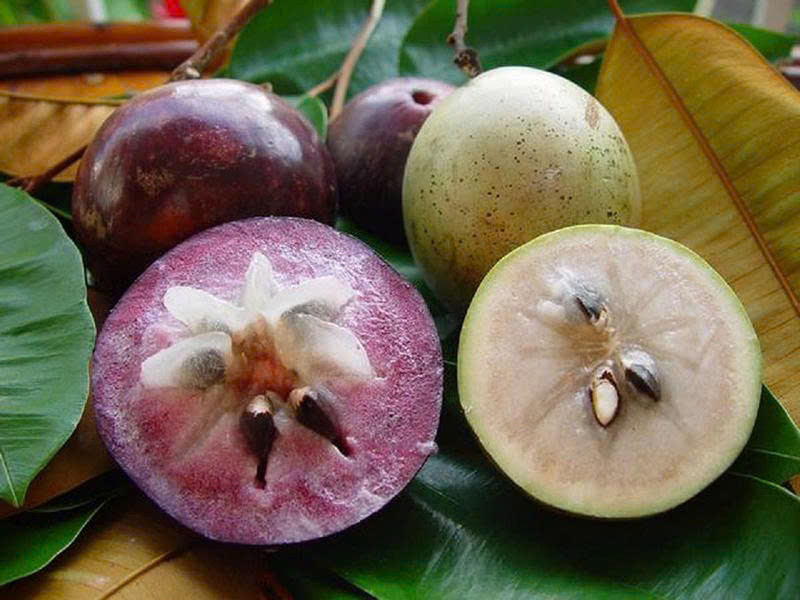
The name “milk from the breast” refers to the milky white juice that seeps from this fruit when its skin is broken. Its soft, custard-like pulp is best eaten with a spoon.
- Taste and Texture: Sweet, milky, and very soft.
6. Jackfruit (Mít)

Jackfruit is the largest tree fruit in the world. Its segments are bright yellow and have a firm yet chewy texture.
- Taste and Texture: Intensely sweet with a flavor reminiscent of bubblegum.
7. Pomelo (Bưởi)
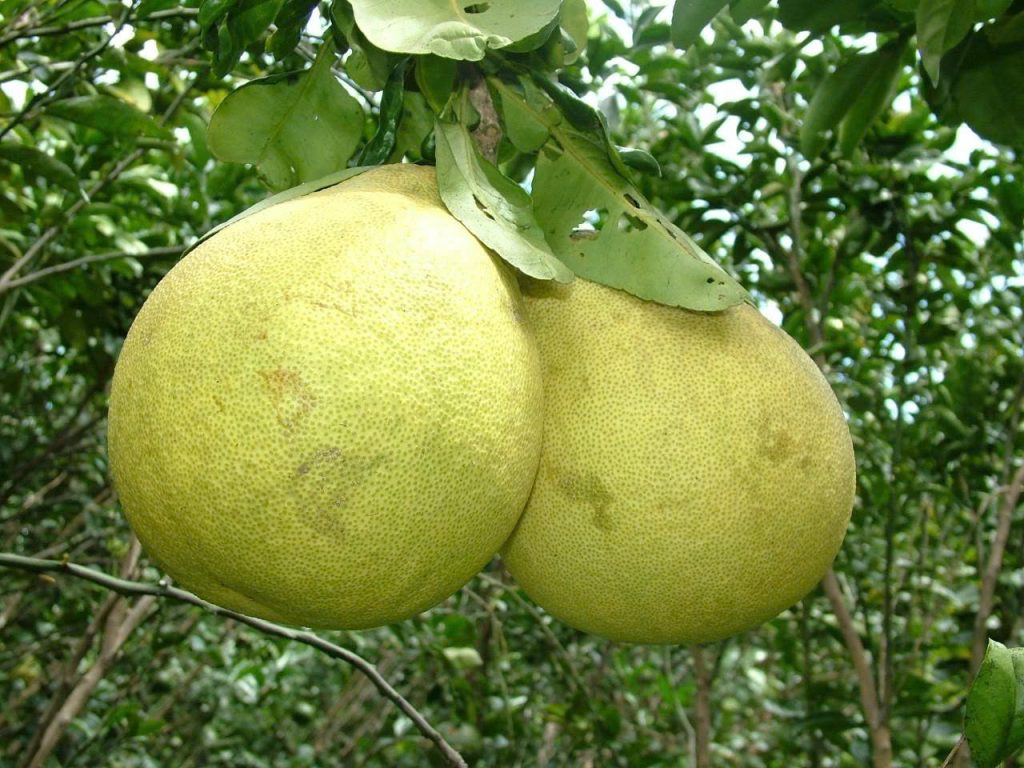
A giant citrus fruit, pomelo is a staple in Vietnamese kitchens. ts solid pink or white interior has a milder acidity compared to grapefruit.
- Taste and Texture: Mildly sweet and a bit tangy, with a clean, refreshing taste.
8. Lychee (Vải)

Famous for its sweet, floral taste, the lychee is a small fruit with a rough red skin and juicy, translucent flesh.
- Taste and Texture: Juicy and very sweet, with a distinct floral aroma.
9. Longan (Nhãn)
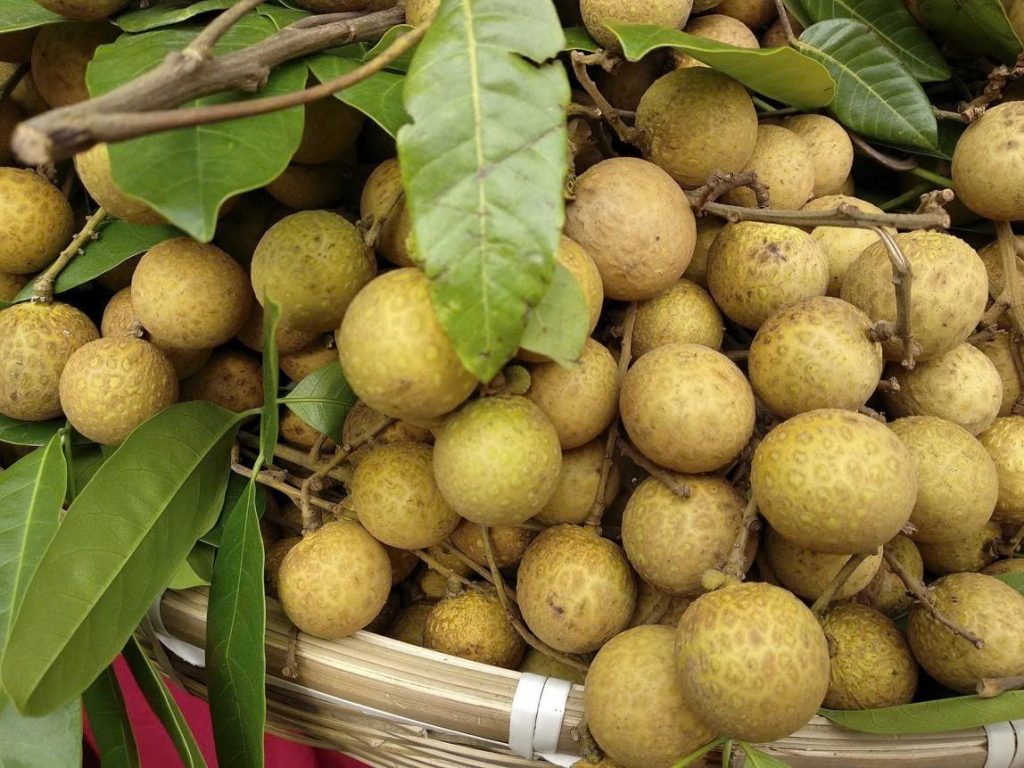
Similar in appearance to lychee but smaller, longan has a beige skin and a single black seed inside a white, translucent flesh.
- Taste and Texture: Subtly sweet and juicy, with a texture similar to grapes.
10. Mango (Xoài)
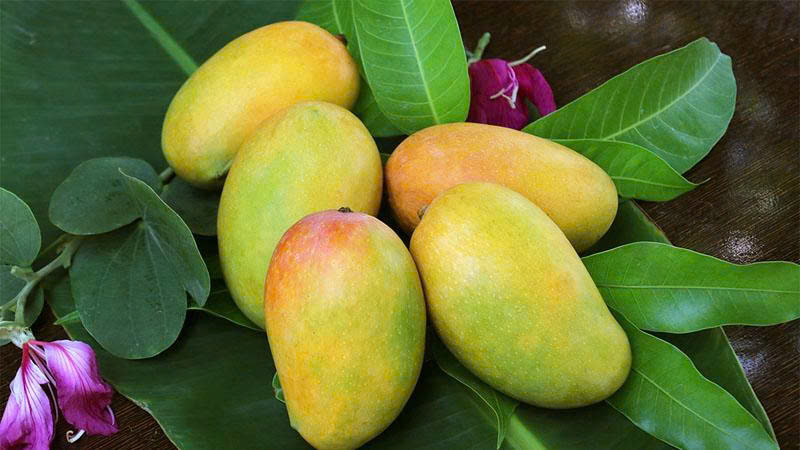
Vietnamese mangoes are incredibly popular. They come in both a sweet ripe version and a sour green one used in salads and dips.
- Taste and Texture: Ripe mango is fragrant and creamy; green mango is firm and tangy.
11. Coconut (Dừa)
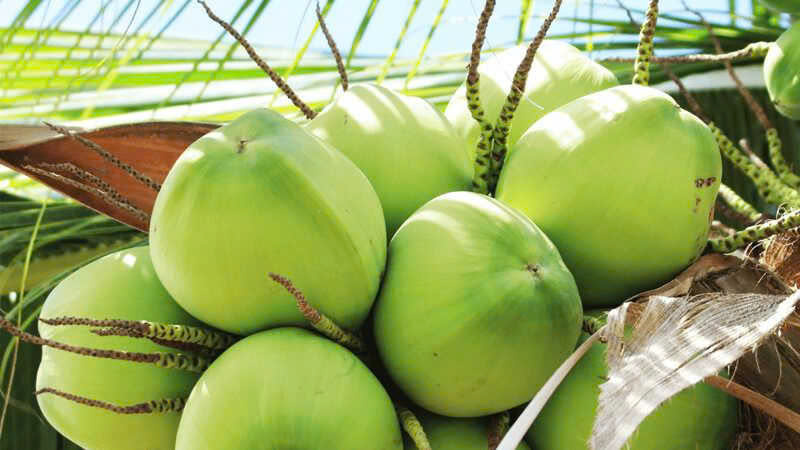
Coconuts are everywhere in Vietnam. You can drink the fresh juice straight from the husk or enjoy the creamy meat.
- Taste and Texture: Refreshing and slightly sweet, with tender white meat.
12. Waterlemon (Dưa hấu)
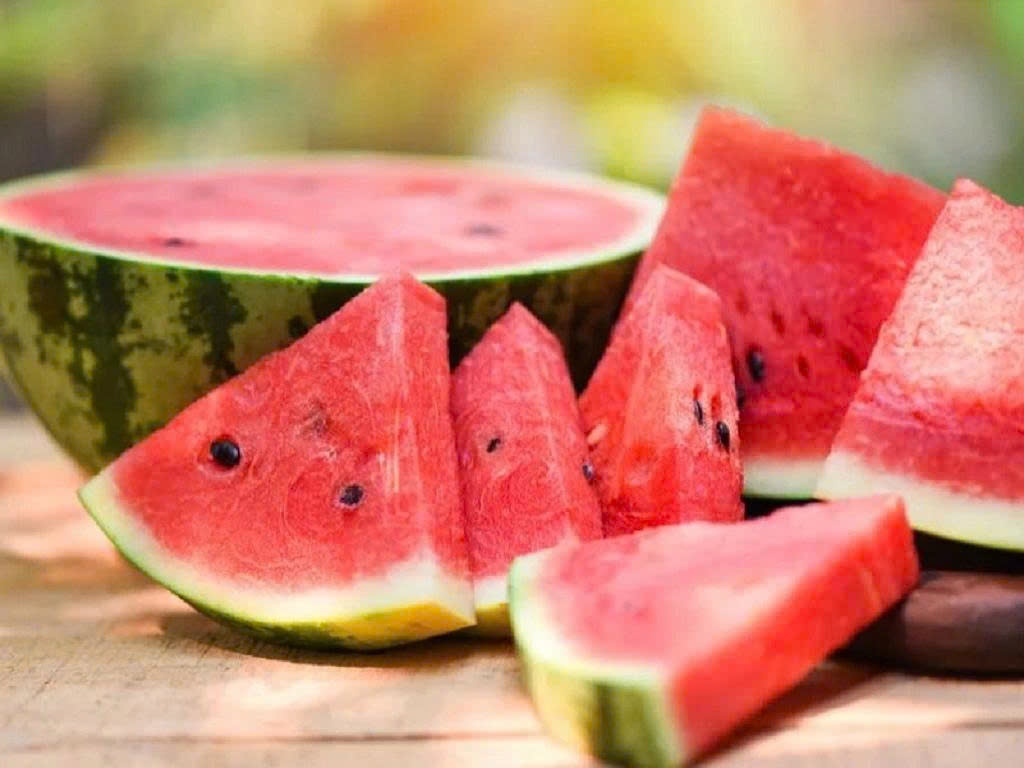
Watermelon is not only delicious but also very hydrating, making it a great choice for staying refreshed.
- Taste and Texture: The fruit is incredibly juicy and hydrating, with a mildly sweet flavor that’s perfect for a hot day.
13. Avocado (Quả Bơ)

Vietnamese avocados are known for their rich, creamy texture and are often used in sweet smoothies and desserts.
- Taste and Texture: Avocados in Vietnam have a rich, buttery texture and a subtly sweet flavor, ideal for smoothies.
14. Sugar Apple (Mãng Cầu Na)
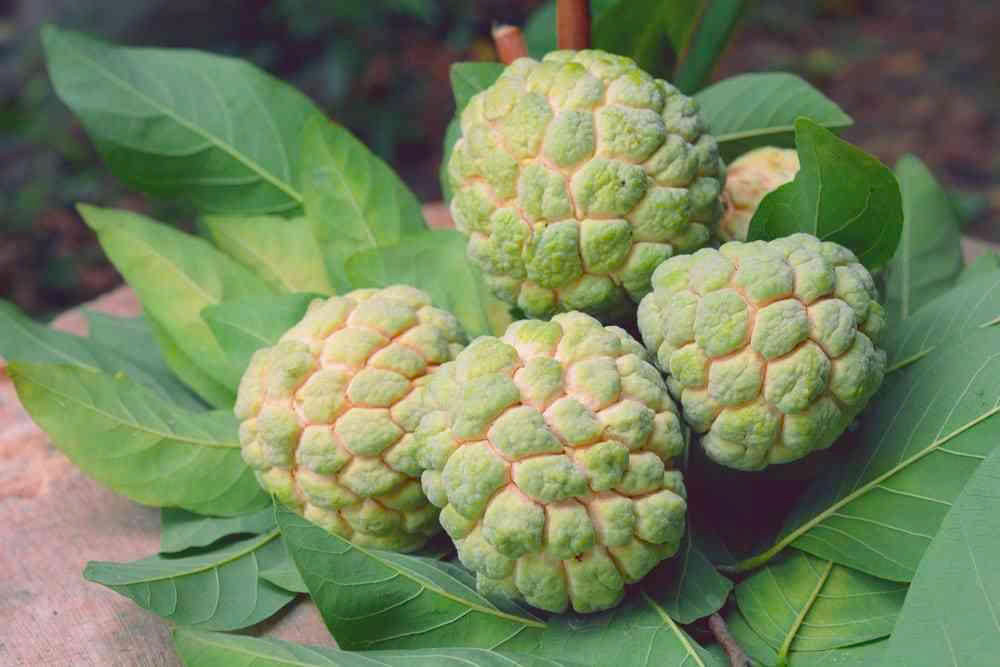
Also known as custard apple, this fruit has a scaly green skin and soft, sweet flesh that can be eaten with a spoon.
- Taste and Texture: Sweet and grainy, with a creamy, custard-like texture.
15. Custard Apple (Mãng Cầu Xiêm)
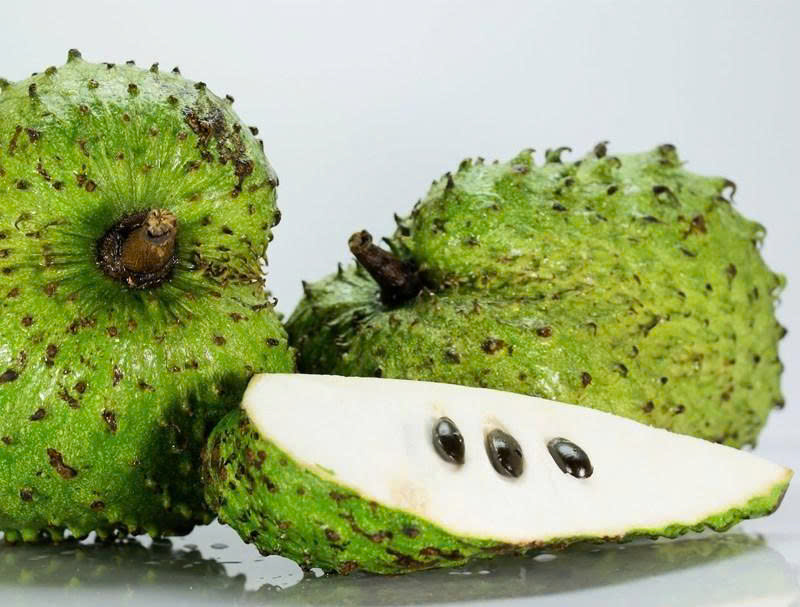
A different variety from the sugar apple, this one is larger with a spiky green skin. Its taste is a mix of sweet and sour.
- Taste and Texture: A delicate balance of sweet and tangy, with a smooth, soft texture.
16. Guava (Ổi)

Vietnamese guava is often eaten when it is still firm and green, not soft and ripe. It’s typically dipped in a mixture of salt, chili, and sugar.
- Taste and Texture: Crunchy and a bit tart when green, sweet and soft when ripe.
17. Du du
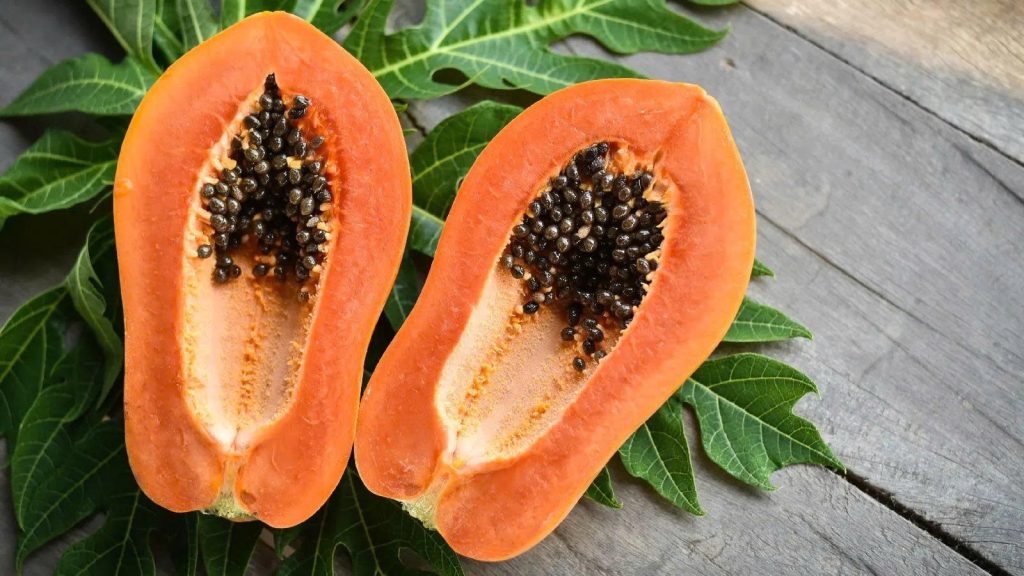
Papaya is a tropical fruit with a sweet, musky flavor and soft, buttery texture.
- Taste and Texture: It has a mildly sweet, musky flavor that some compare to cantaloupe. The flesh is soft, buttery, and smooth, almost melting in your mouth.
18. Banana ( Chuối)
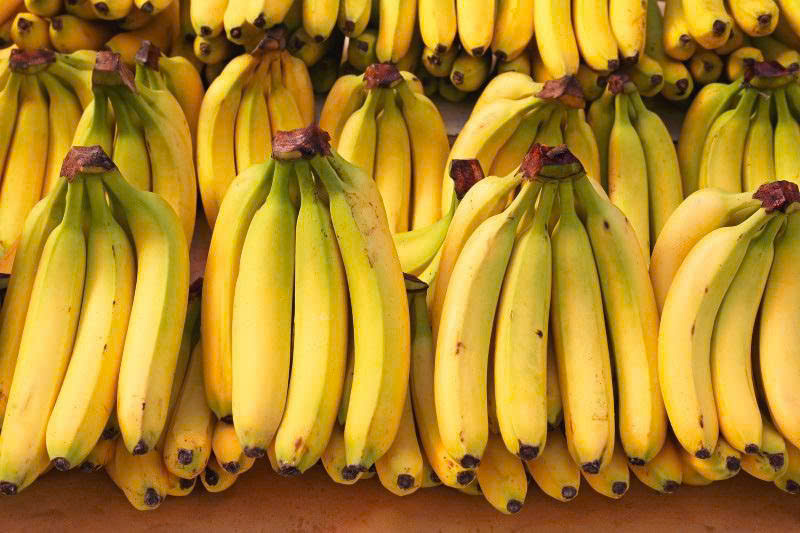
Bananas are a sweet, starchy fruit with a creamy texture, making them a popular and versatile snack.
- Taste and Texture: A ripe banana has a sweet, mild flavor that can be described as slightly creamy or even a little tropical. The texture is soft, creamy, and smooth,
19. Plum (Mận)

Known for their smooth skin and juicy flesh, plums are a popular summer fruit.
- Taste and Texture: Plums are sweet and tangy, with a soft, juicy texture and a firm skin.
20. Persimmon (Hồng)

A seasonal favorite, the Vietnamese persimmon is sweet and has a jelly-like texture.
- Taste and Texture: Soft, sweet, and custardy. Best enjoyed when fully ripe.
Tips for Enjoying and Buying Fruits in Vietnam
To truly appreciate these tropical delights, here are a few tips:
- When is the Best Time to Go? While fruits are available year-round, many have peak seasons. For example, lychee season is from May to July, while durian is most plentiful from April to August. A summer trip is a great way to experience a wider variety of fruits.
- Where to Find the Freshest Fruits:
- Local Markets: The best place to buy. Visit local markets like Bến Thành Market in Ho Chi Minh City or Đồng Xuân Market in Hanoi. Here, you’ll find the freshest produce at local prices.
- Street Vendors: Look for fruit carts on nearly every street corner. This is a quick and easy way to try a new fruit.
- Supermarkets: For convenience and guaranteed cleanliness, supermarkets like Co.opmart or VinMart offer a good selection, though prices might be slightly higher.
- How to Enjoy Them: Don’t hesitate to try fruit-based drinks (sinh tố – fruit smoothies) or desserts (chè – sweet soup). These are local staples and a delicious way to consume more fruit.
- A Note on Hygiene: When buying from street vendors, make sure the fruit is properly peeled or washed. It’s always safer to choose fruits that you can peel yourself.
RELATED: Vietnam Food: Top 20 best Vietnam food
Venturing into Vietnam’s fruit scene is an unforgettable part of the travel experience. It’s a sensory adventure that connects you with the local culture and landscapes. Whether you fall in love with the sweet taste of mangosteen or are brave enough to try durian, exploring these Top 20 fruits will surely be a highlight of your trip.



